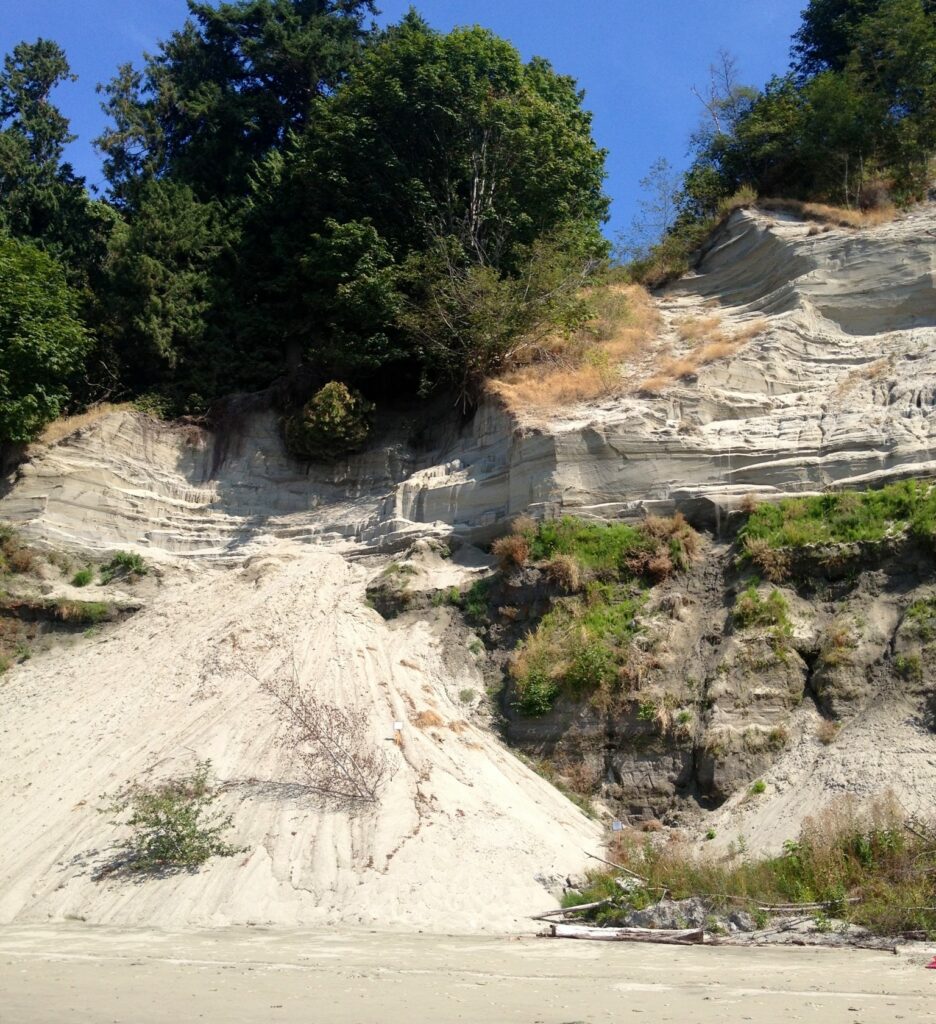Introduction
Environmental Geology is a comprehensive and up-to-date textbook that is designed for use in college-level courses on the environmental aspects of Earth Science. It has a focus on Earth systems, climate change and glaciation, on natural hazard processes such as earthquakes, volcanoes, slope failures, and flooding, and on Earth resources such as water, energy, and metals. The book is richly illustrated and features embedded exercises, some of which are interactive, to help students engage with the content as they are reading.
Author
Author Steven Earle (PhD) has been involved in research and teaching Earth Science for four decades. He is the author of the textbook, Physical Geology, which is widely used at colleges and universities across North America. He has also written A Brief History of the Earth’s Climate, a guide to the Earth’s climate in which he describes the many different ways that our climate evolved naturally over 4.6 billion years and explains how human-caused global warming is quite different, and much more dangerous.
The author is grateful to the following teaching faculty at various colleges and universities in British Columbia who supported this project and provided chapter reviews of Environmental Geology: Tim Stokes, Natalie Bursztyn, Deirdre Hopkins, Jerome Lesemann, Gordon Weary, Mark Smith, Derek Turner, Todd Redding, and Craig Nichol, and also to Verena Roberts and Dani Collins of Thompson Rivers University for pedagogical, design, technical and editorial assistance. This project was supported by grants from Thompson Rivers University and BCcampus.
Cover Photo
The image shows the late Pleistocene (~25,000 year old) Quadra Sand Formation at Pacific Spirit Park in Vancouver, BC. These sediments were deposited by rivers flowing from a large glacier as it advanced south through what is now the Salish Sea. The upper layer is dominated by quartz-rich sand, while the lower layer is sand with silt and clay. There is a significant permeability difference between the two layers, and they also have quite different strengths. This escarpment is being actively undercut by waves at the base, and that, along with runoff from above, is contributing to periodic failure of the sand-rich layer. (Photo by Lisa Reid, used with permission)


